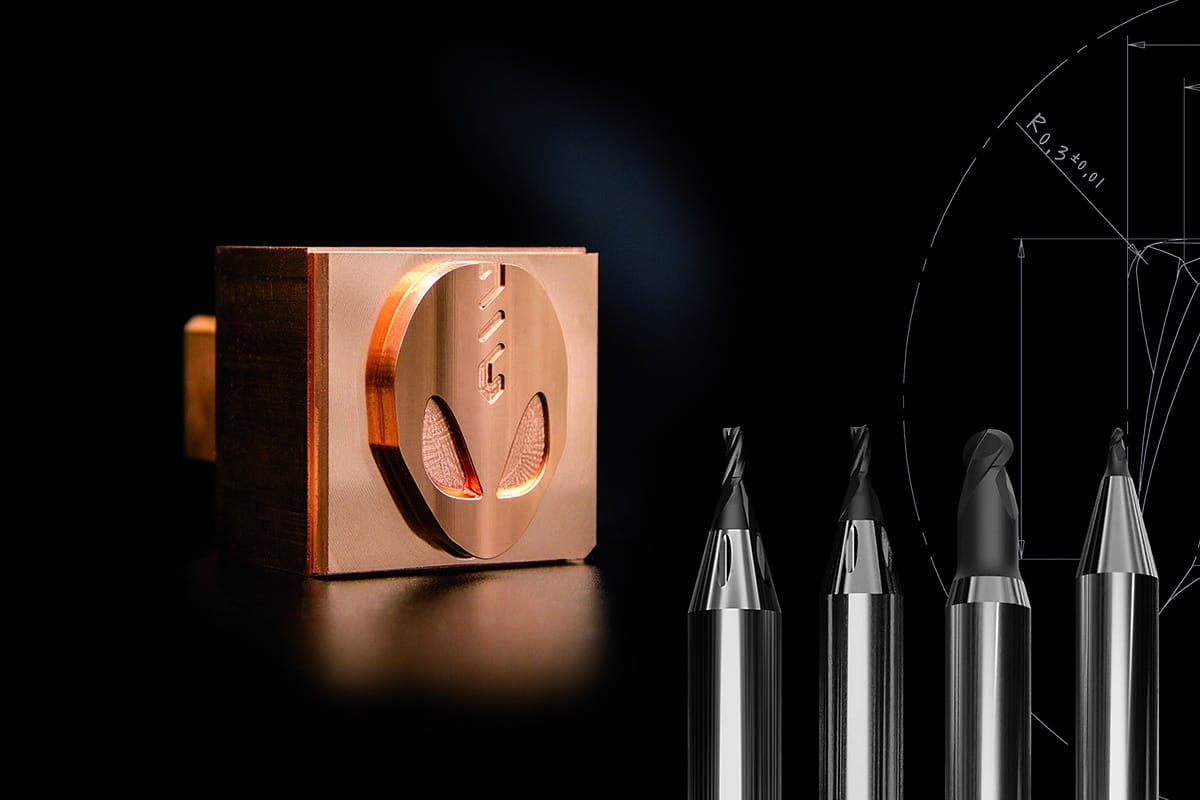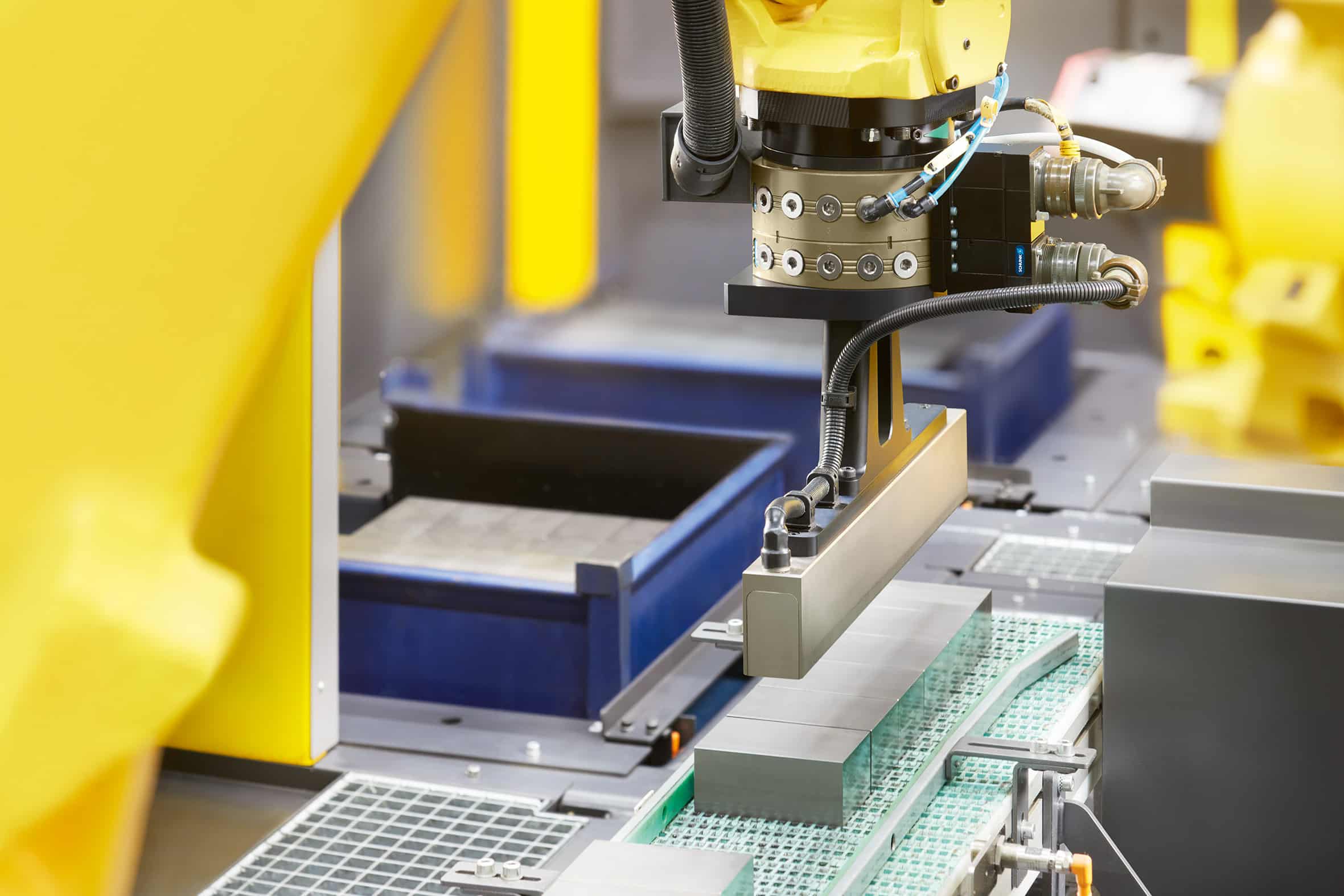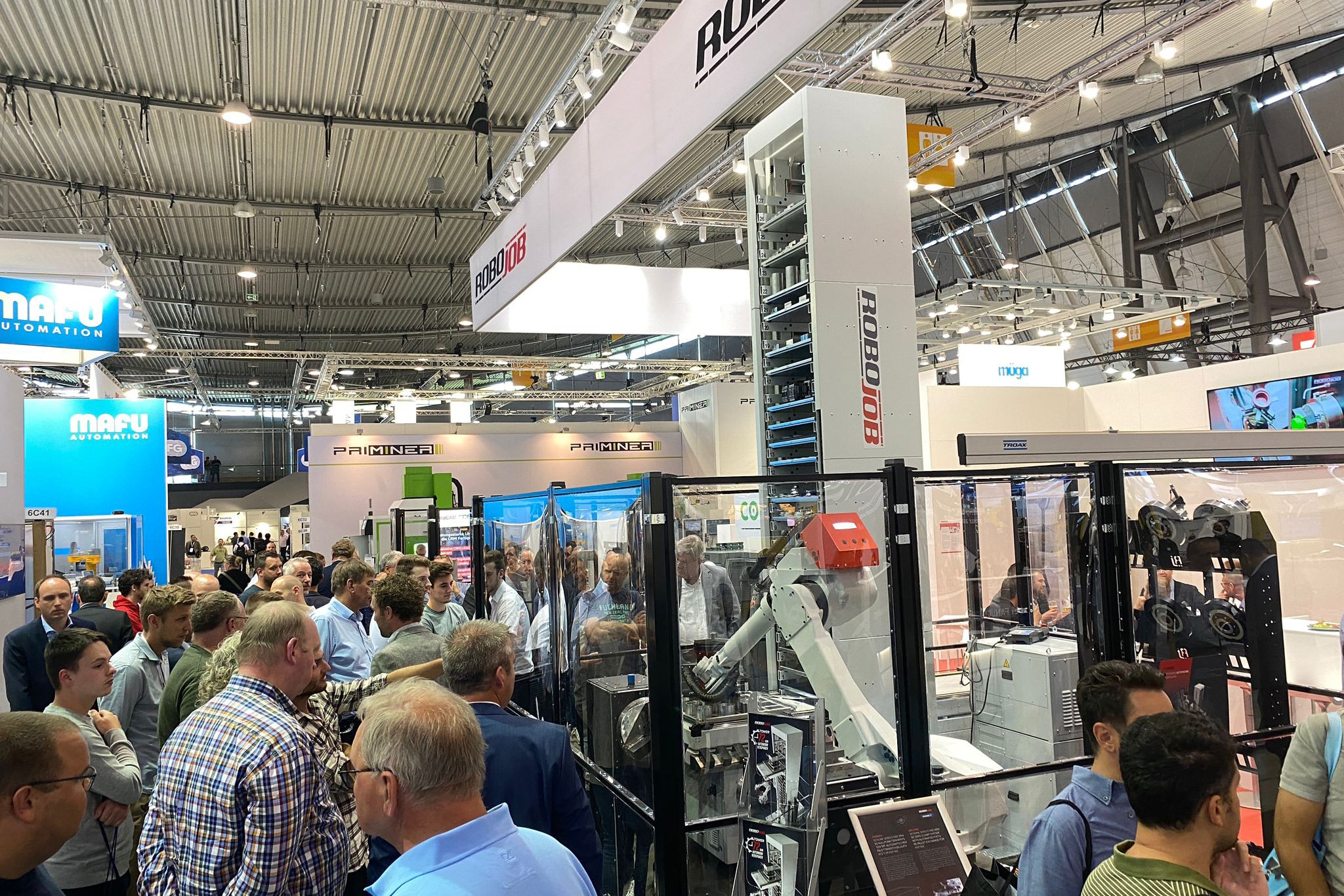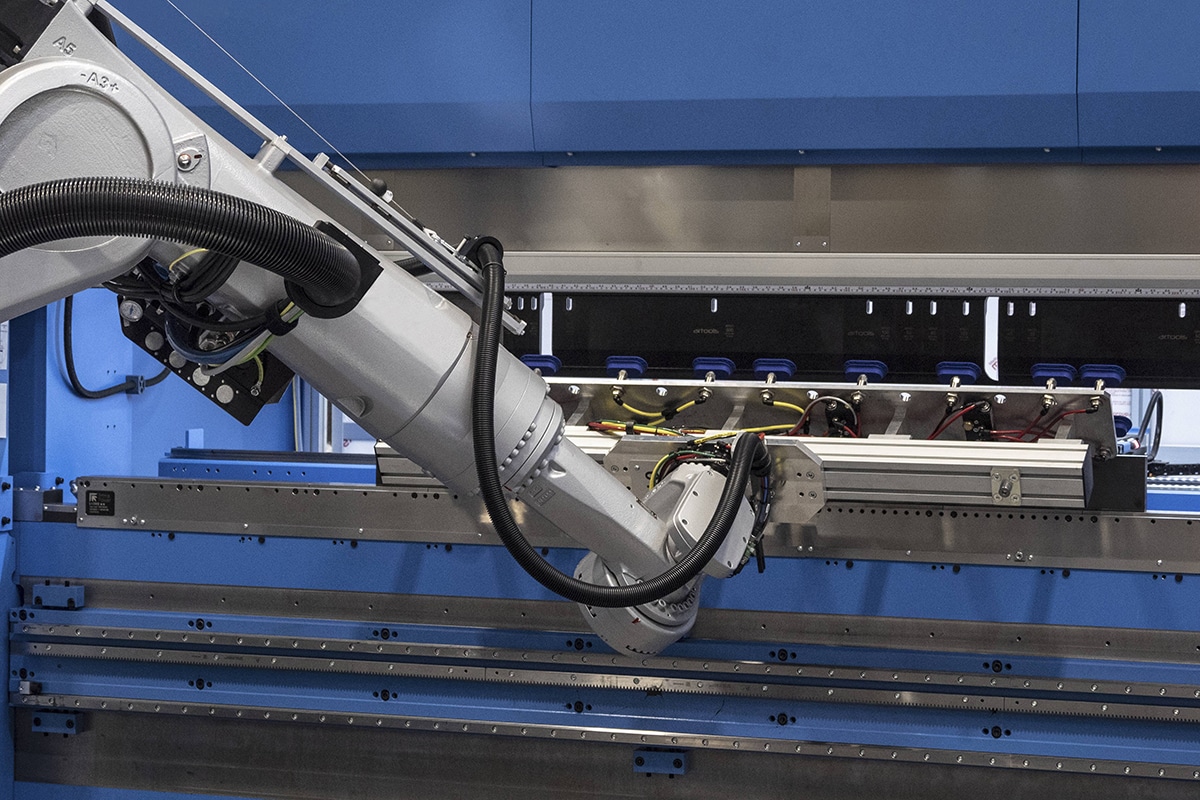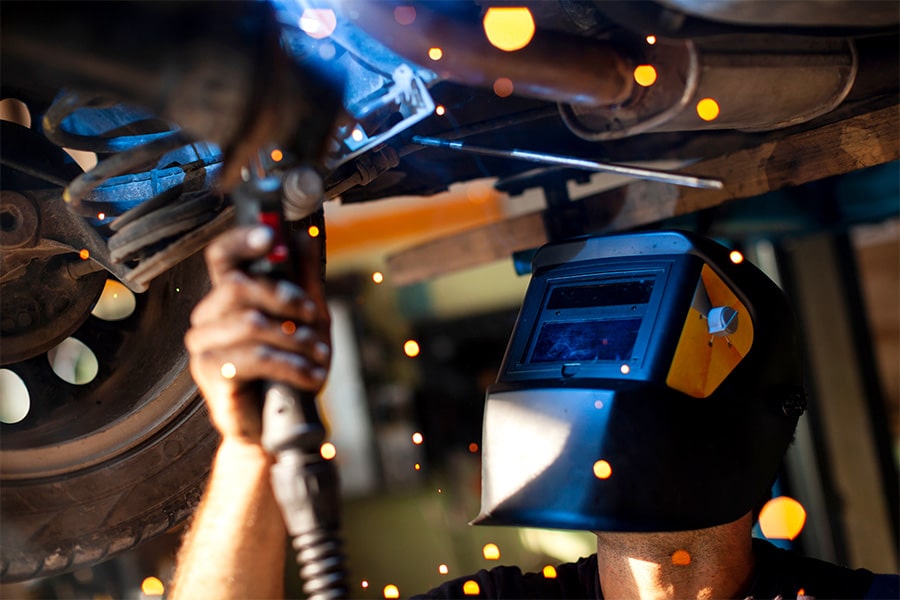
How does friction stir welding meet the challenges of e-mobility?
Faced with increasingly stringent regulations and a growing demand for environmentally friendly vehicles, the e-mobility industry must constantly innovate to meet consumer expectations and today's challenges. At the heart of this new industrial revolution, friction stir welding (FSW) is becoming an essential technology. But what are the needs of this industry? And what are the advantages of FSW in this field?
The automotive industry is undergoing a true transformation. E-mobility has completely changed the propulsion system of modern vehicles. The need to integrate new components, such as rechargeable batteries and electric motors, has led to a drastic change in vehicle design. To keep up with these developments, car manufacturers have adapted their production techniques to deliver aesthetic, clean and, most importantly, reliable vehicles. This evolution means that we now find "new" materials in cars that require different manufacturing and assembly techniques. Consider, for example, the aluminum, copper and graphite in batteries.
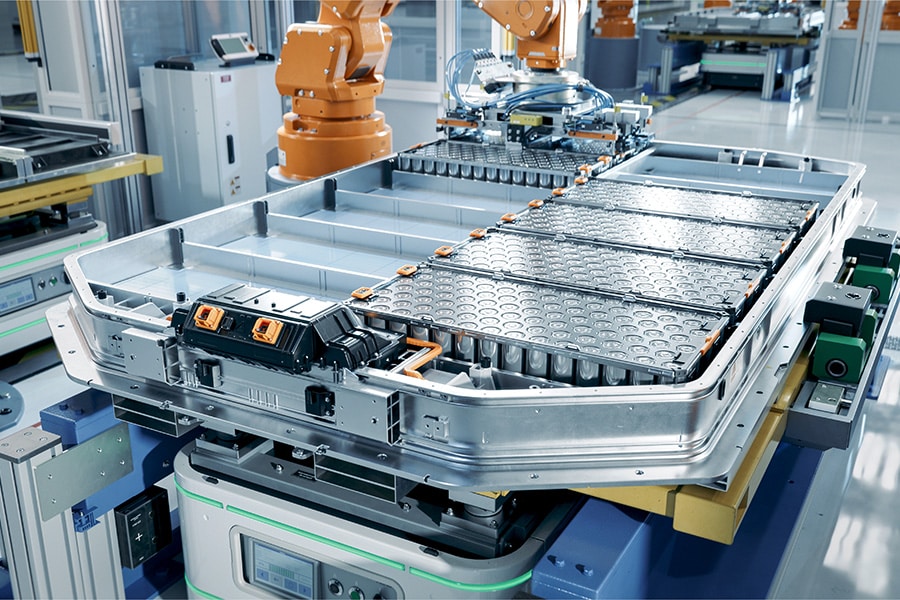
Advantages of friction stir welding
Friction stir welding is an excellent joining technique in e-mobility. Today, the process has applications primarily in critical sectors such as rail, aviation, defense and aerospace. Because it can produce the solid, high-quality welds needed for these demanding industries. During the welding process, FSW maintains constant pressure on the parts with a rotating tool. The part to be welded is then heated, making it ductile. The properties are also retained because no material is added. FSW differs from other welding techniques because it can be used to assemble materials such as copper, aluminum, graphite and light alloys. The advantages of this process include:
- Virtually no distortion
- No porosity
- Improved mechanical properties
Lighter parts
An added benefit of FSW? The parts are lighter. After all, FSW requires no filler material, which - compared to conventional welding techniques - results in weight savings of up to 30%. This extra percentage is especially relevant when assembling aluminum parts, an alloy that is already particularly light by nature. Furthermore, FSW may call itself a clean, environmentally friendly welding technique. These too are characteristics that go hand in hand with e-mobility. Furthermore, we can note that:
- Energy savings of up to 20% are possible because no external heat supply is required
- No UV radiation, toxic emissions or smoke released
- Materials cannot leak, so more safety for workers
- The amount of waste is limited by the absence of metal imports
Some applications of FSW in e-mobility
The heat exchanger, made of profiled aluminum parts, plays an important role in cooling the electronic components of hybrid and electric vehicles. It must be assembled to ensure a perfect seal and high mechanical strength. Friction stir welding passes waterproofing tests with flying colors. Due to the high quality of the welds, FSW reduces the need to screw parts together. This process therefore allows the manufacturer to save time during the production process.
Good electrical conductivity
Battery housing, which is essential for protecting electric vehicle batteries, needs good electrical conductivity. The FSW process ensures that precisely this property is maintained when the casing is assembled. This is made possible by the excellent quality of the welds and the minimal melting of the components. Finally, friction stir welding is a cold welding process. Therefore, it does not damage electrical components during the process. A final example is battery chargers. Thanks to the friction stir welding process, it is possible to precisely control every parameter during the welding process. Operators can optimize and closely control the quality of the assemblies, which is essential for the production of reliable and efficient chargers.
